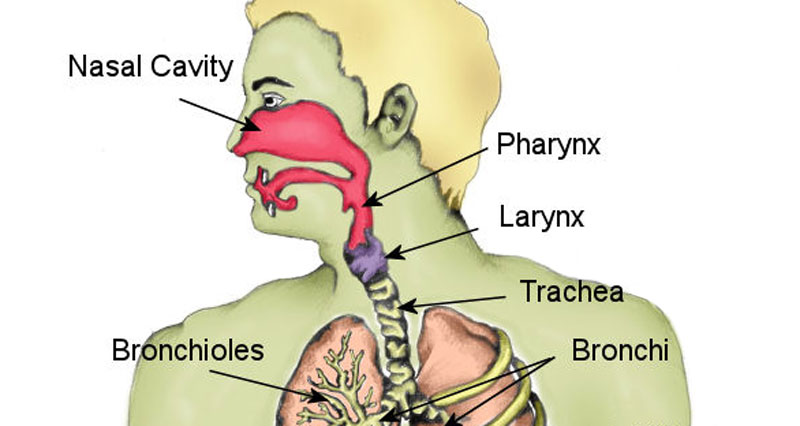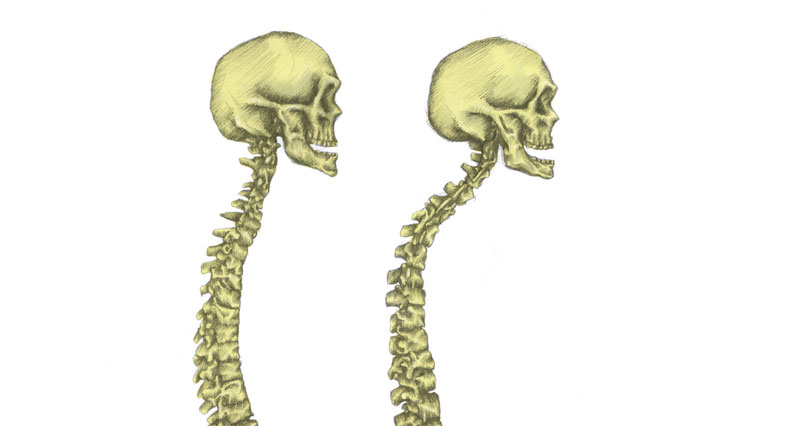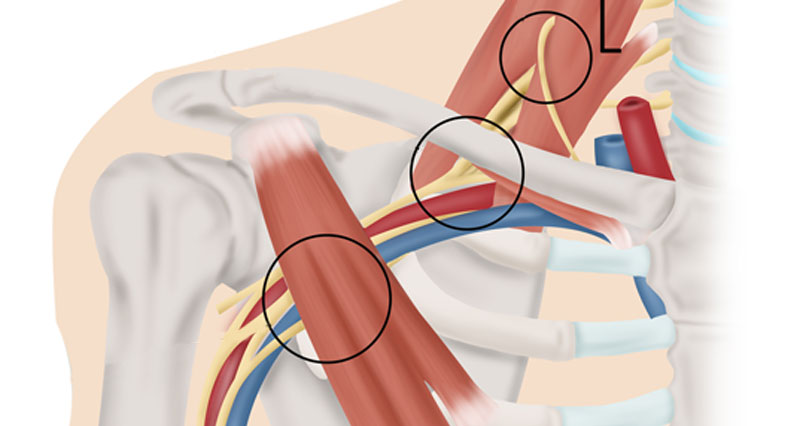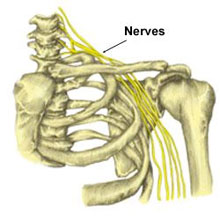
Stingers and burners is another name for brachial plexopathy. Nerve compression following a neck impact causes stinging or burning sensations in the neck and arm.
Stingers and burners symptoms
Stingers and burners (Brachial plexopathy) occur after a traumatic impact to the neck. Symptoms consist of:
- Burning pain or electric shock sensation in neck, arm and hand
- Sensation usually lasts only seconds or a minute or two
- A warm feeling in the arm
- Weakness or numbness after the initial pain subsides
Stingers and burners can range from mild where the pain lasts for a few minutes, up to very severe injuries. With any neck injury, it is important to rule out more serious conditions such as:
- Neck fractures
- Spinal cord injury
- Blood vessels damage
- Brain injury including concussion
If you suspect any of the above then stop playing immediately.
What is Brachial plexopathy?
Brachial plexopathy is a form of peripheral neuropathy (nerve injury affecting the arms or legs). Specifically it is injury to the Brachial plexus nerves.
Causes & anatomy
The brachial plexus is a bundle of nerves which exit the spinal column between the C5 and T1 vertebrae, and then down into the shoulder, arm and into the hand.
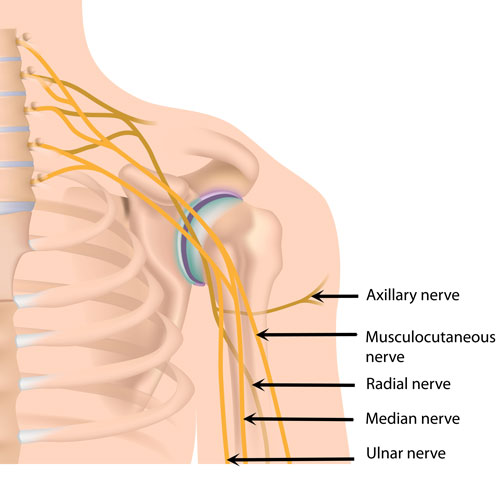
The injury usually occurs when the head is forced to the side as the shoulder is moves downwards. For example, during a tackle or a fall onto your shoulder or head. This causes a traction injury to either the nerve routes in the neck, or the brachial plexus.
Another mechanism of injury is from compression from a direct blow to the nerves in the brachial plexus.
Treatment for stingers and burners
Immediate treatment for a brachial plexus injury is to stop playing or training until symptoms of numbness, weakness, stinging or burning sensations have gone. This may be only a few minutes, or it may mean avoiding all physical contact sports for a longer period of time.
If symptoms persist for longer than 2 days, visit a Doctor. Usually, an examination and discussion of the injury are all that is needed for a diagnosis but where symptoms are more long-lasting or severe, MRI, CT scans or nerve conduction studies may be required.
For those with recurrent stingers or burners, elevated shoulder pads or a neck roll may be recommended to prevent over-stretching and impact to the area.
For patients with recurrent stingers and burners, a gentle exercise program can begin as soon as symptoms allow, but all activities which trigger symptoms should be avoided. Be patient! Nerve injuries sometimes just need a period of rest in order to recover and no amount of exercise will speed up the healing process.
References
- Liu JX, Thornell LE, Pedrosa-Domellöf F. Muscle spindles in the deep muscles of the human neck: a morphological and immunocytochemical study. J Histochem Cytochem 2003;51: 175–86.
- Hoy D, March L, Woolf A et al. The global burden of neck pain: estimates from the global burden of disease 2010 study. Ann Rheum Dis 2014;73(7):1309–15.
- Safran MR. Nerve injury about the shoulder in athletes, part 2: long thoracic nerve, spinal accessory nerve, burners/ stingers, thoracic outlet syndrome. Am J Sports Med 2004;32(4):1063–76.
